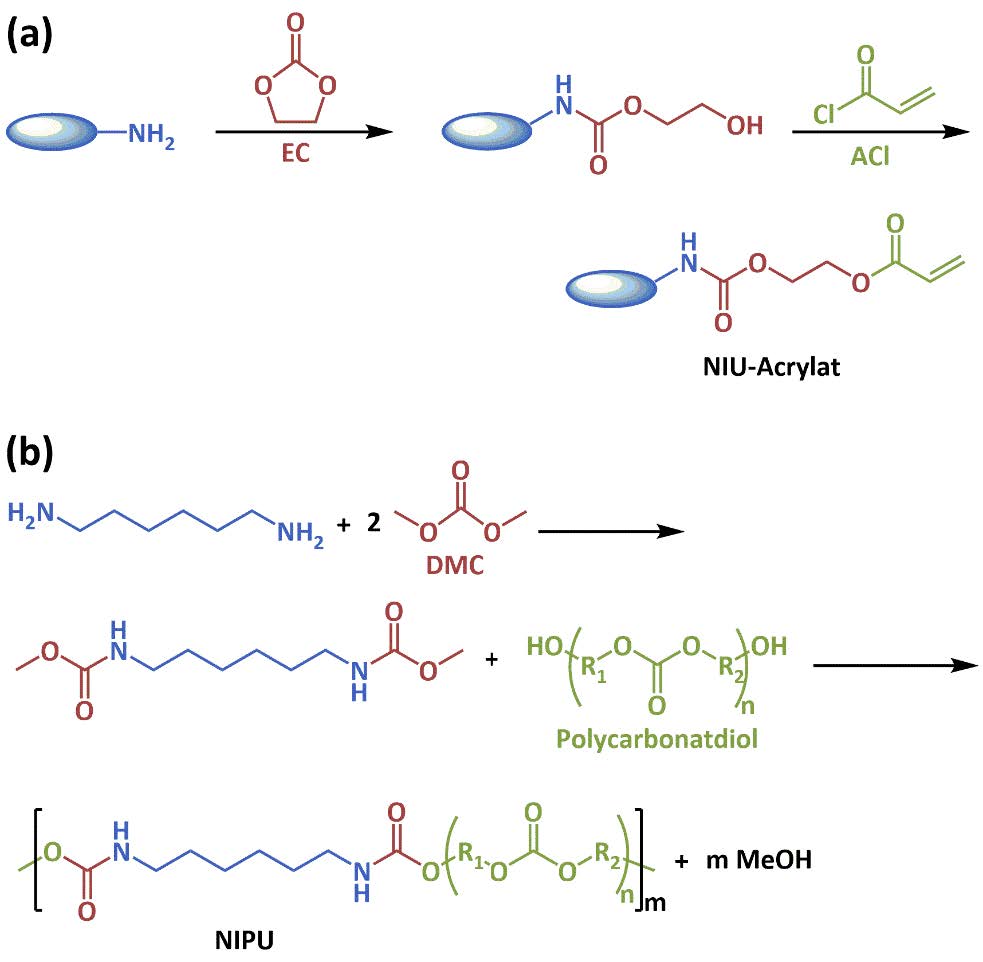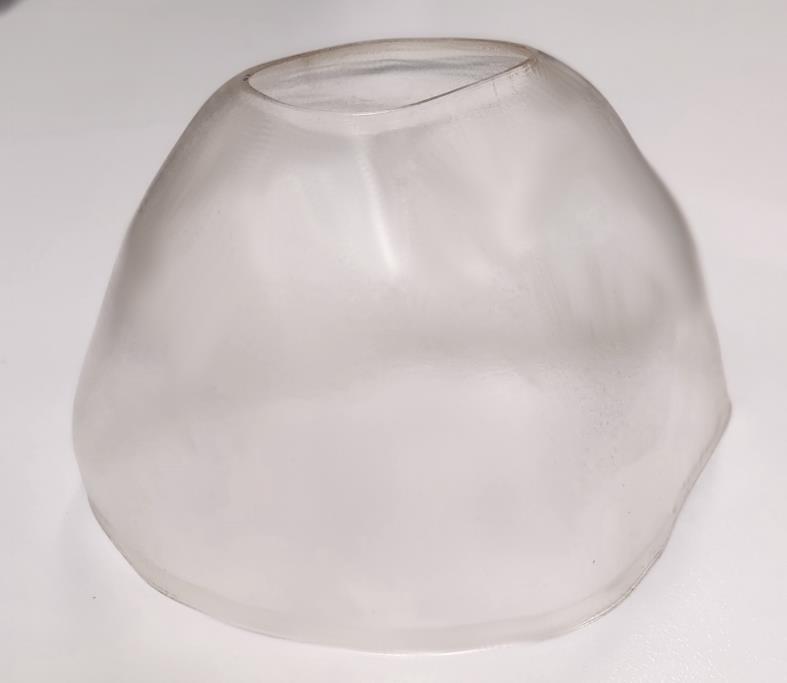
The pericardium surrounds the heart and consists of an elastic yet mechanically extremely stable material. Due to its unique properties, autologous or processed pericardium of animal origin has long been used in cardiac surgery as a reinforcing and sealing material, e.g. to close septal defects or in the construction of commercially available biological heart valves. In long-term use, calcification and hardening of the material has been observed. This explains, for example, the limited durability of biological heart valve prostheses.The aim of this project is to research a polymer that is able to replicate the demanding mechanical properties of the natural pericardium as closely as possible, is equally biocompatible and is biostable indefinitely in long-term use. The non-linear mechanical behavior of the natural pericardium is not inherent in most polymer materials. The PolyKARD project is therefore attempting to ensure that these materials retain their mechanical behavior by structuring them during the manufacturing process. Electrospinning and 3D printing are used for this purpose.
